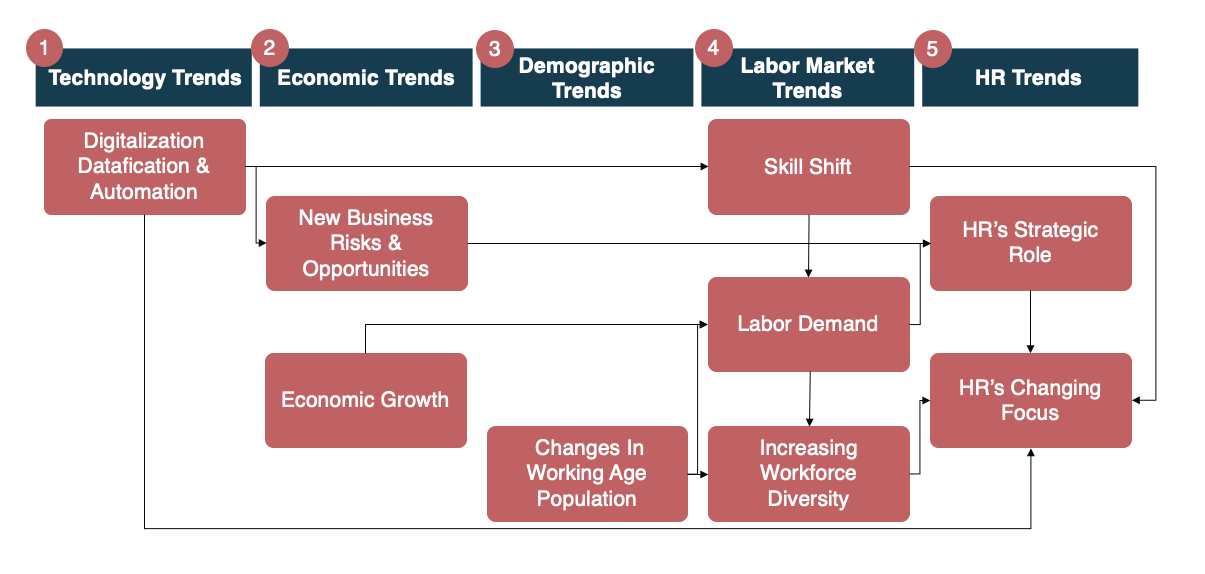HR technology market developments are determined by a number of underlying drivers, primarily technological, economic, demographic, labor market and HR trends. Read Attuned’s in-depth analysis of the HR technology market and gain insights about trends, opportunities, market drivers and customer needs.
Attuned Report: HR Technology Market
Transparency is one of our corporate values. We’d like to share with you some of our HR technology market research. It was a bumpy, windy ride for us to find our way in the HR technology world, shifting from originally being a recruitment agency.
We were confident we had a good idea. We always knew that employees’ intrinsic motivation would become an increasingly important point of focus and HR departments as well as managers and executives would eventually need a tool to measure their team’s intrinsic motivation. But we had a lot of product failures, as well as product-market fit troubles, along the way.
Had we done a bit more in-depth market research at the beginning we may have saved ourselves some frustrations. We hope you can pick up something here, gain some insight, and may save yourself wasted effort if you’re building an HR tech startup.
Altruism is one of top motivators of our team here at Attuned.
This is only a short summary of our HR technology report. You can read the full report here.
HR Technology: Underlying Market Drivers
HR technology market developments are determined by a number of underlying drivers, primarily technological, economic, demographic, labor market and HR trends.

HR Technology Underlying Market Drivers; Source: EQIQ Research and Analysis
1 Technology Trends
The growth of increasingly cheap computing power is driving advances in digitalization, datafication and AI, making it possible to automate various processes and decision-making.
2 Economic Trends
The fast pace of technology development is creating new business risks and opportunities, forcing companies to innovate faster while maintaining their core business.
If economic growth and the increase of productivity continue at the same rate as in the past 10 years, over 55 million new jobs will have been created between 2015-2030 in East Asia, Europe and NAM.
3 Demographic Trends
At the same time, the working age population in East Asia, Europe and NAM is projected to decrease by c. 70 million people between 2015-2030.
4 Labor Market Trends
New technologies are driving a skill shift in the labor market, with demand predicted to increase for digital, higher cognitive and social / leadership skills and decrease for labor that can be automated.
As a result, many developed countries are likely to experience growing talent shortages in the medium term, especially when it comes to in-demand digital skill sets.
5 HR Trends
To cope with a fast changing business environment and labor shortages, companies increasingly need to create more agile, flexible and diverse organizations.
As a result of these trends, HR’s role is changing from an administrative support function to a business-critical and strategic value-adding function, but is facing obstacles on the road.
HR should increasingly focus on talent acquisition and retention, candidate and employee experience, employee motivation (especially intrinsic motivation) to make work more meaningful, organizational design to support innovation, people analytics, alternative employment forms, employee health & well-being and learning & development.
Download the Full Report Now






